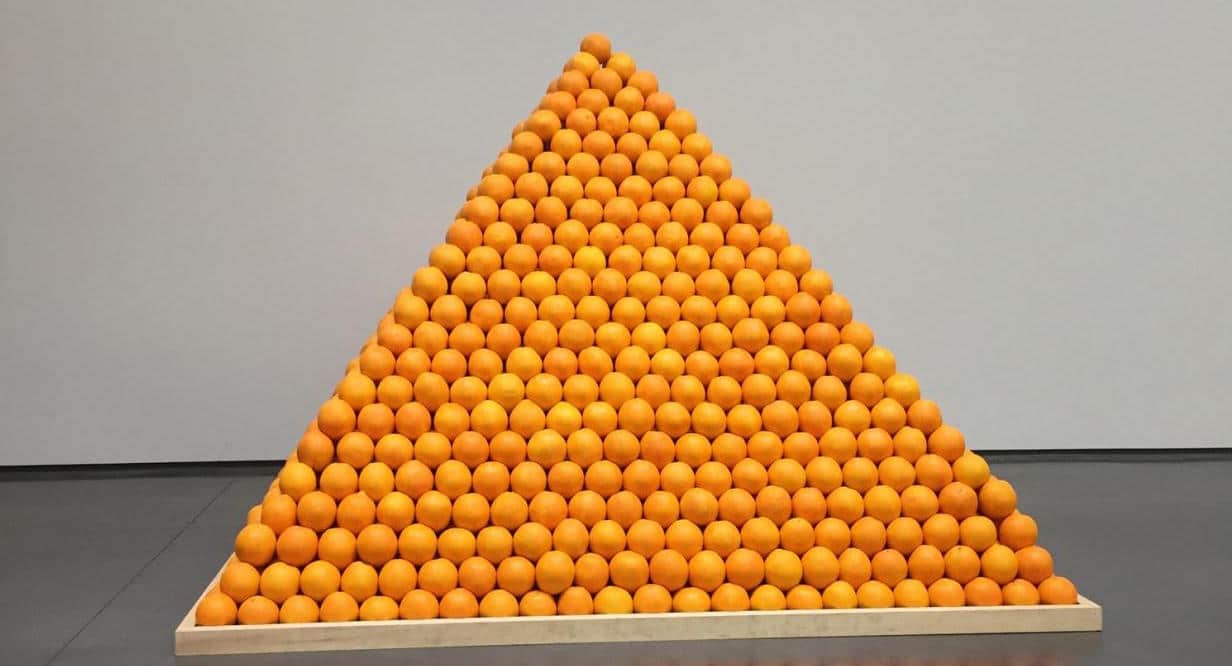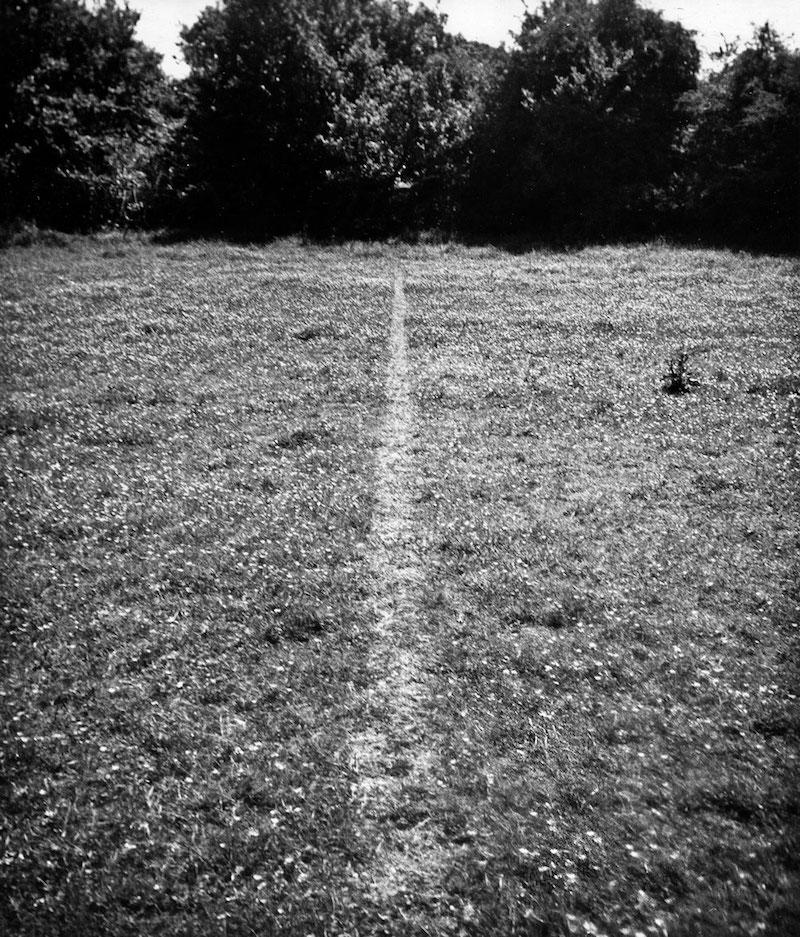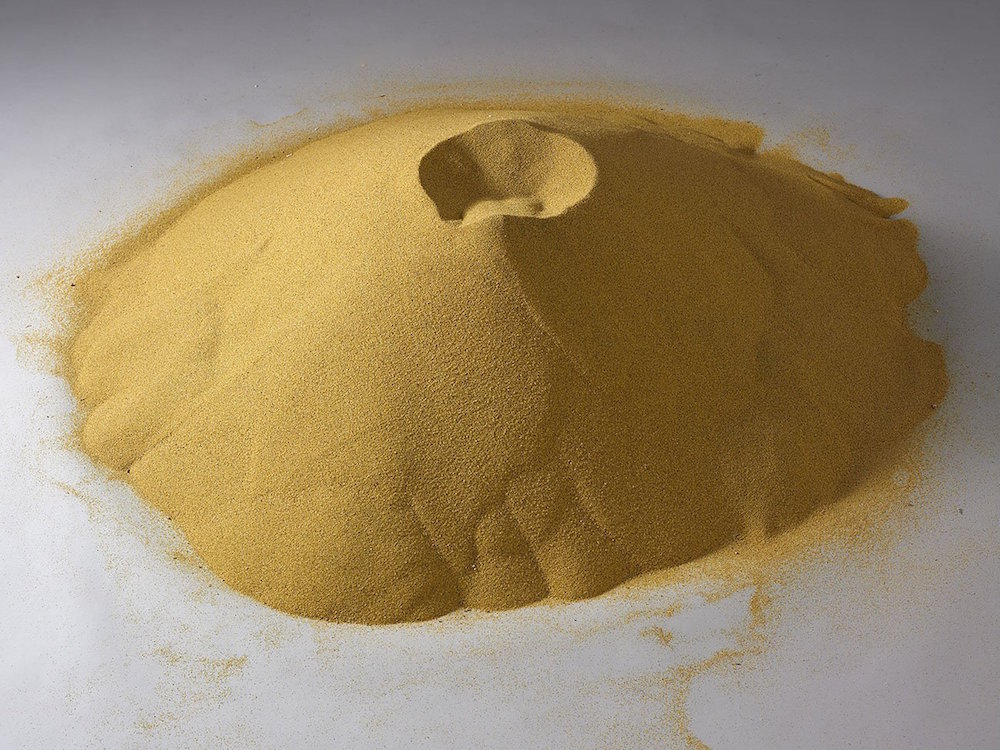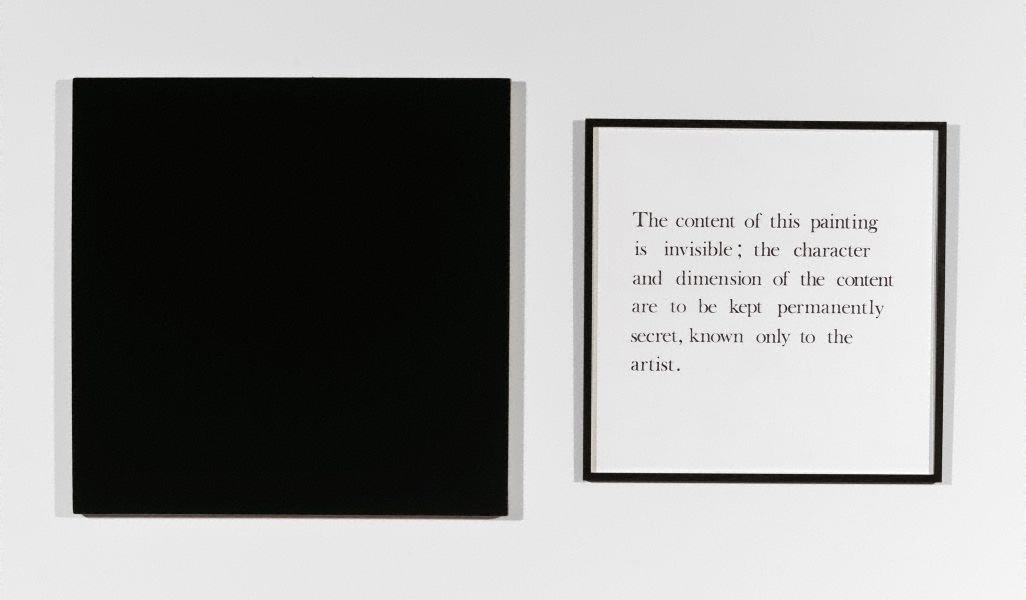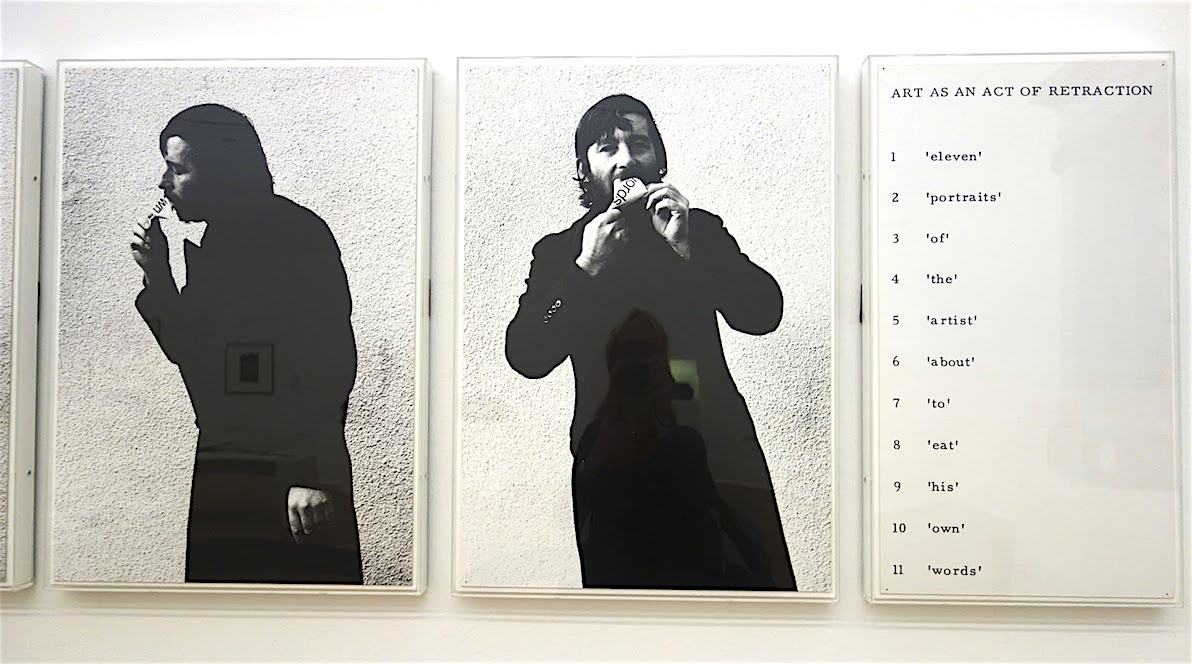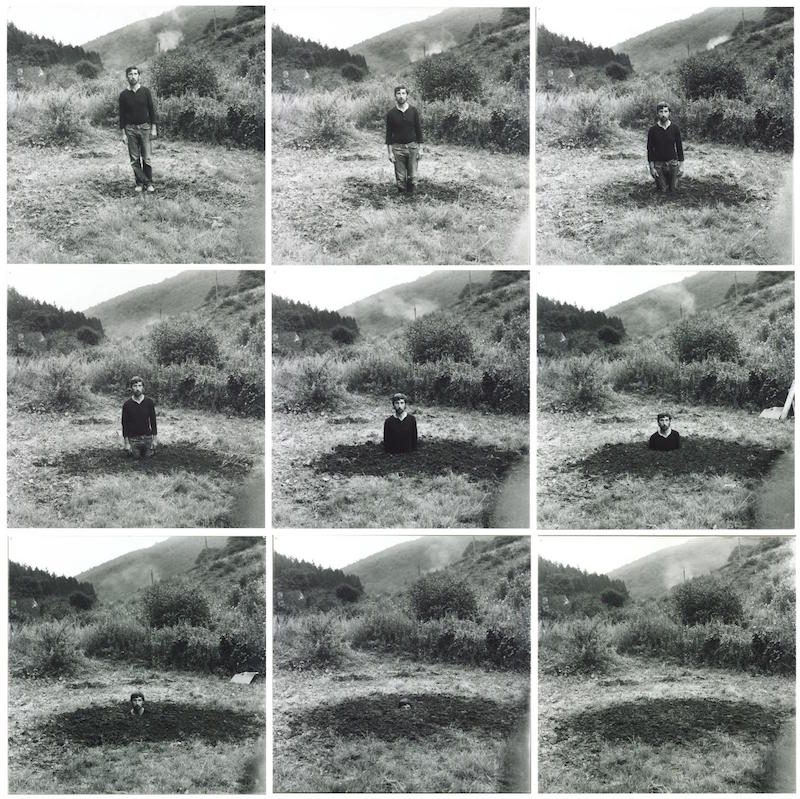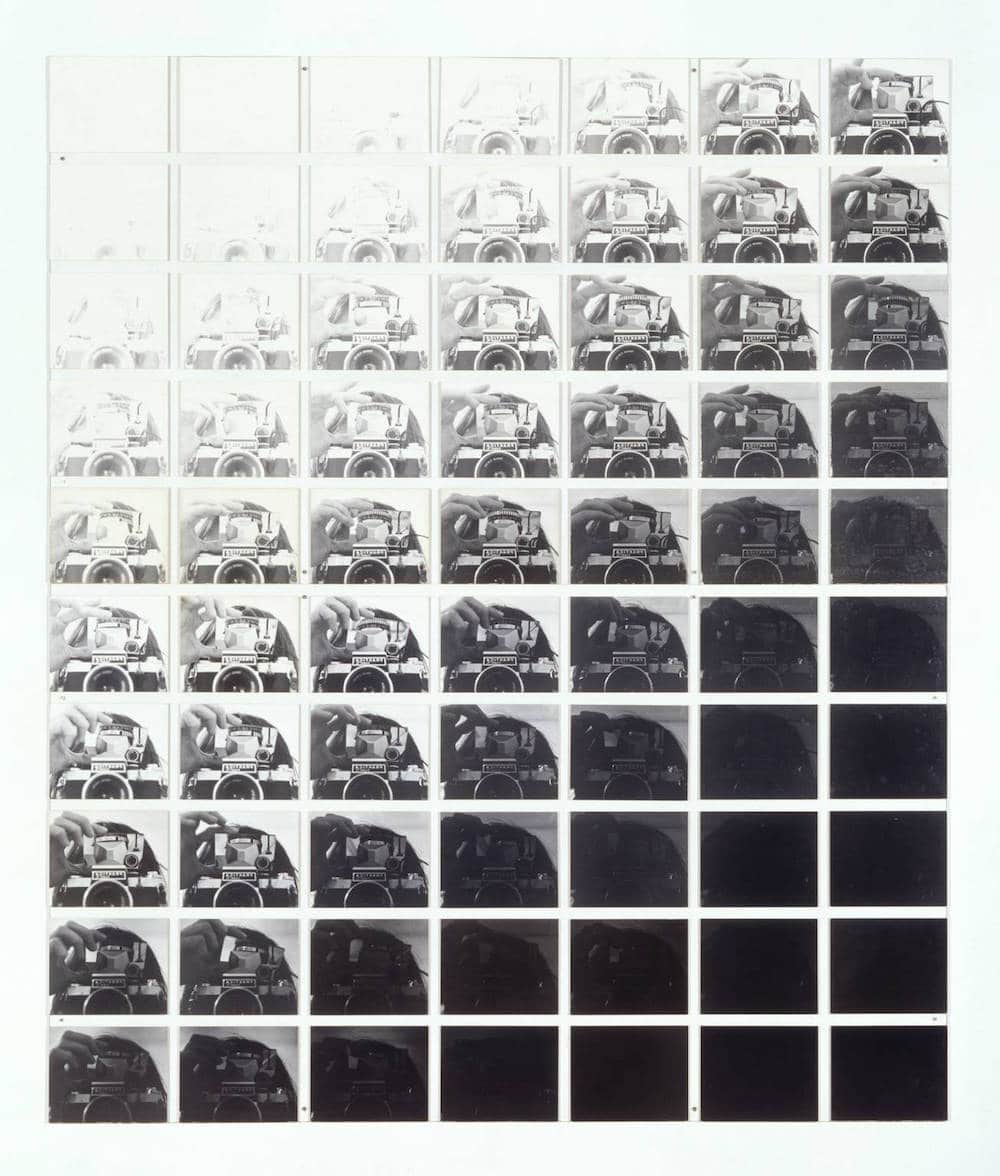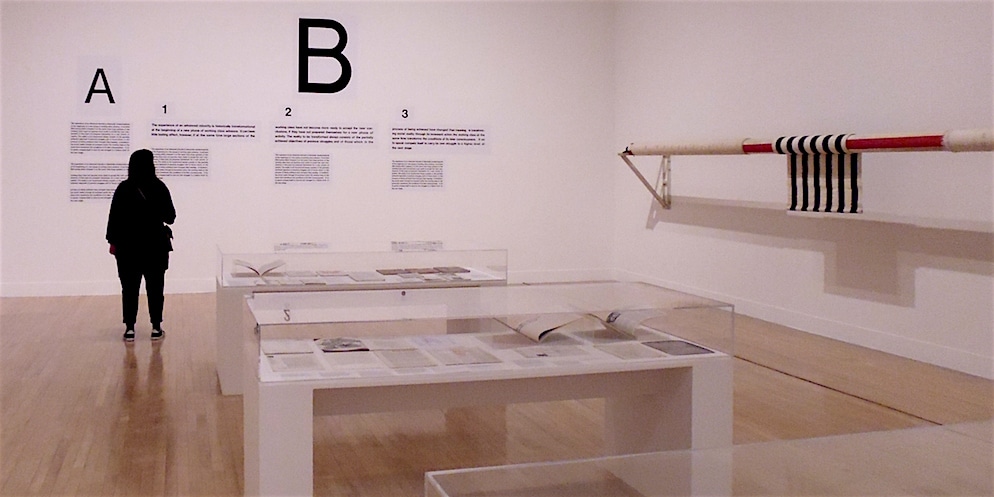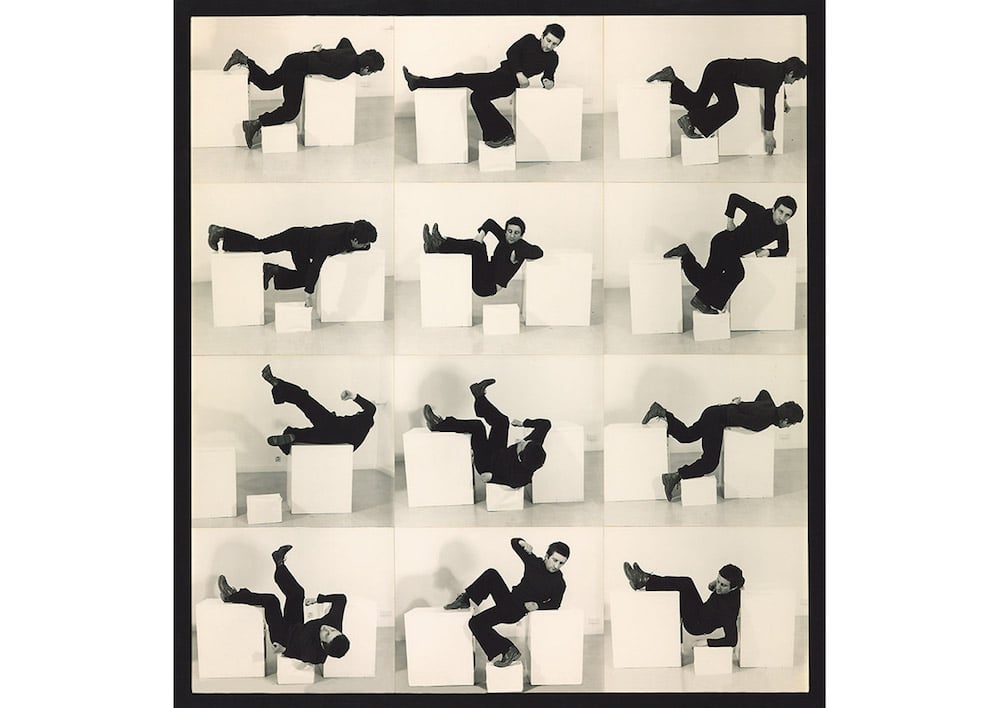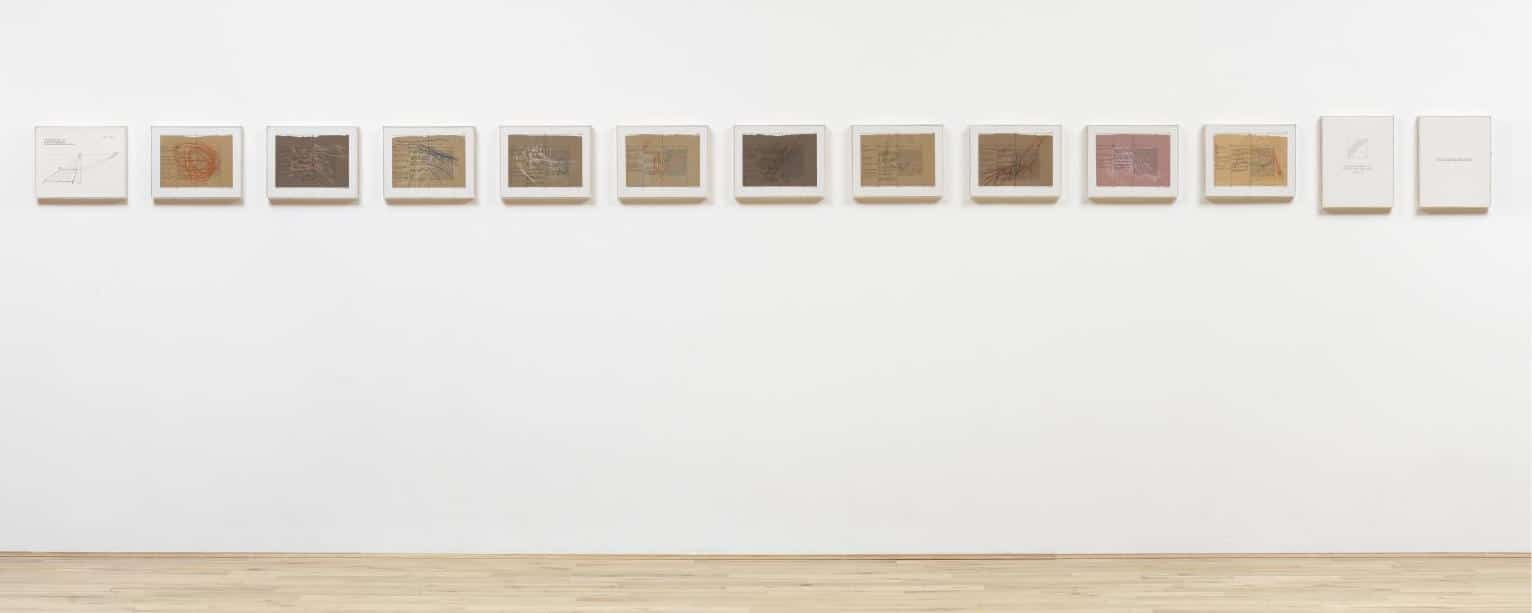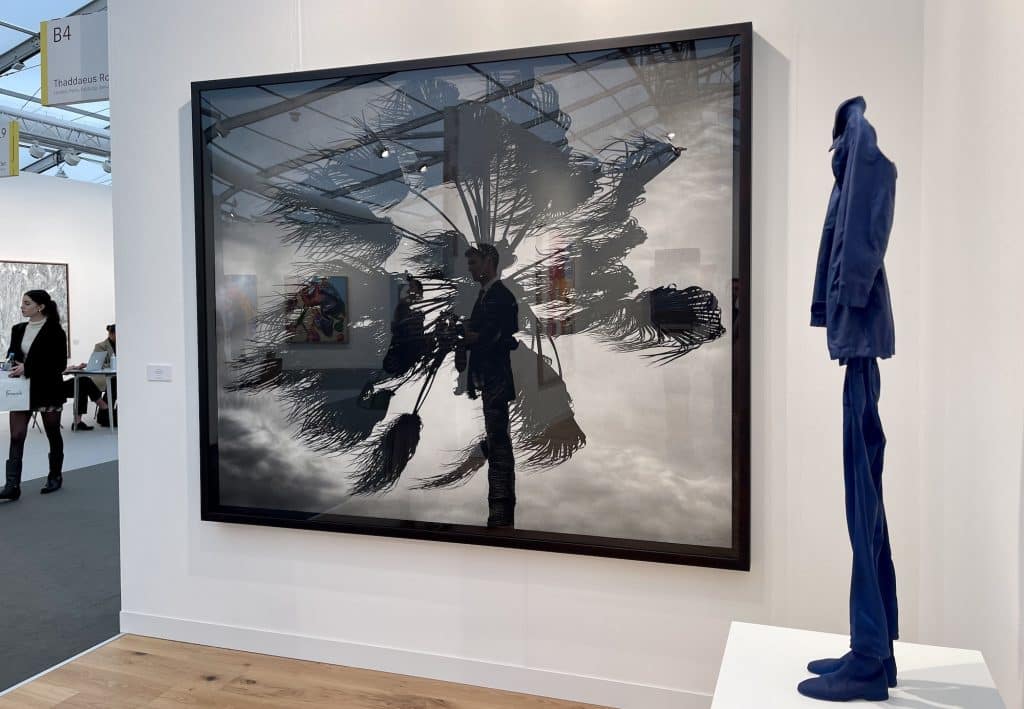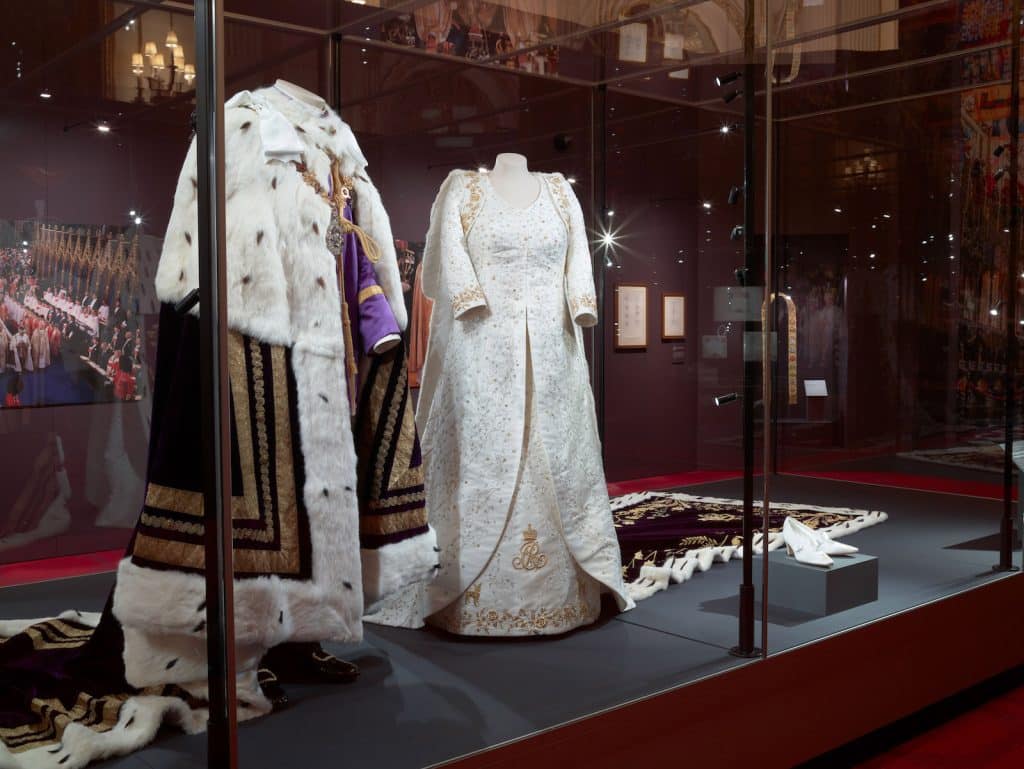This exhibition is most definitely not a whole bundle of fun. And the clues come thick and fast before you even enter. One almost has to stifle a yawn reading the title – one that resembles a Mastermind specialist subject or a University thesis rather than one for a crowd-pleasing major exhibition.
Perhaps some excitement to be hinted at in its promotion? Nope. It is billed as ‘surveying a period that spanned Harold Wilson’s first Labour government to the election of Margaret Thatcher’ – hmmm, using politicians to define an artistic period?
But wait. The exhibition ‘positions art not as style but rather a game-changing shift in the way we think about art, how it is made and what it is for.’ It promises to show how ‘artists in Britain transformed the nature of art.’ This could be interesting, after all this was a period when the dreadful suffocating grip of Clement Greenberg and the abstract expressionists was loosened and a new era of more thoughtful and thought-provoking art was ushered in. We got Fluxus, Pop Art, minimalism plus lots more and an explosion of ides that brought in the art world as we know it today.
We should not scoff therefore at the brave, intellectual and ingenious artists that are brought together in this show. They made a great contribution to how art is seen today and added much to the changes of the era. It is simply that this exhibition is just very. hard. work.
We are greeted by a hall of vitrines filled with magazines and texts. Above them is a timeline that includes things like the 3 day week and the miners strike. Nobody reads them.
The first gallery ‘New Frameworks’ is much more promising, introducing artists like Richard Long and Hamish Fulton who used photographs of walked lines and textual records to expand what sculpture and art could be. Roelof Louw’s Soul City is a colourful pyramid of big, fresh oranges – you help yourself and by doing so create a new artwork with a different structure.
A black canvas from Bob Law was a rejection of representation, aiming for the viewer to get back only what he put in. Barry Flanagan‘s ringn ’66 pours 112 lbs of sand on the floor, gravity itself forming the sculpture with the artist simply contributing with a couple of handfuls scooped from the top.
This is a good start. Conceptual art can we witty, interesting and provocative – genuinely original thinking providing lots for us to get our grey matter busy with. We are brought to a quick halt though in the next gallery devoted entirely to Art & Language. Two grey canvases – one with the word painting, the other sculpture – nicely question the idea of the art object, but a whole room of text based works will stretch the patience of anyone but the most determined.
‘New Art’ and ‘Action & Practice’ define the remaining spaces and there are some wonderful works. Keith Arnott’s Art as an Act of Retraction features eleven photographs of him ‘eating his own words’ – actually letters on paper – the twelfth describes it. Self-burial is a series of photographs that shows Arnatt apparently sinking in to the ground. John Hilliard’s Camera Recording its own Condition presents images of a camera in almost every exposure mode.
We see Bruce McLean with Pose Works for Plinths wittily tries to arrange himself across three plinths as a rejection of the formality of earlier artists. Michael Craig Martin places a glass of water on a shelf to represent an oak tree whilst Braco Dimitrijević photographs a stranger before putting the portrait on the side of the number 14 bus. There is also Mary Kelly’s landmark 1975 Post Partum Document, charting the artist’s relationship with her infant son.
Too much however is in the form of ephemera housed in yet more vitrines. Chances too are missed to make it all so much more interesting – we do not however see videos of Gilbert & George Singing Sculptures for example, or even their artworks, but just examples of a few printed relics.
This conceptual British art is also viewed too much in isolation. There is neither any sense of what else was happening, particularly in the USA, over the same time period and what influences (or influencing) was going on. How much better would the show have been if works by Sol LeWitt, John Baldessari or Frederick Kosuth could somehow been included.
Some may find this show stimulating and interesting, others will find it ‘difficult’. If only for the fact that you will never see this work together again perhaps, just perhaps, it is worth the effort. Take a deep breath, allow plenty of time and take a long tea break in the middle.
Conceptual Art in Britain 1964 – 1979 runs until 29 August 2016
For more information visit www.tate.org.ukwww.tate.org.uk




